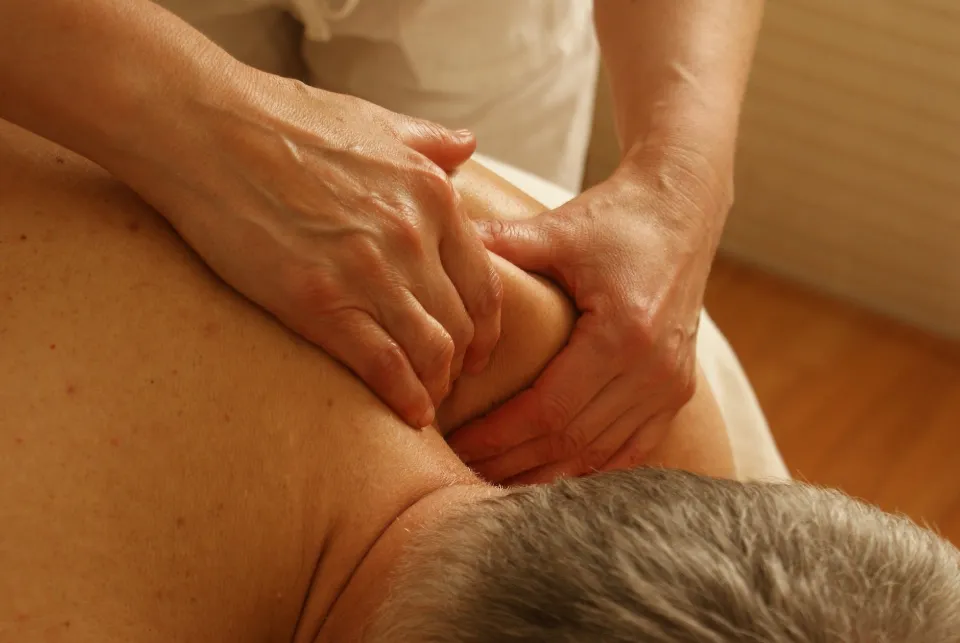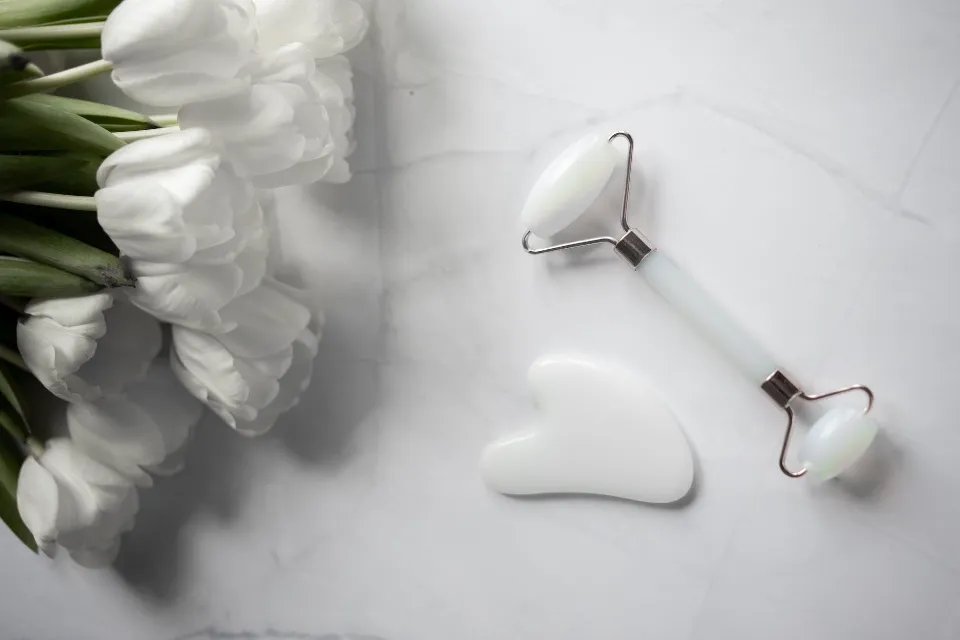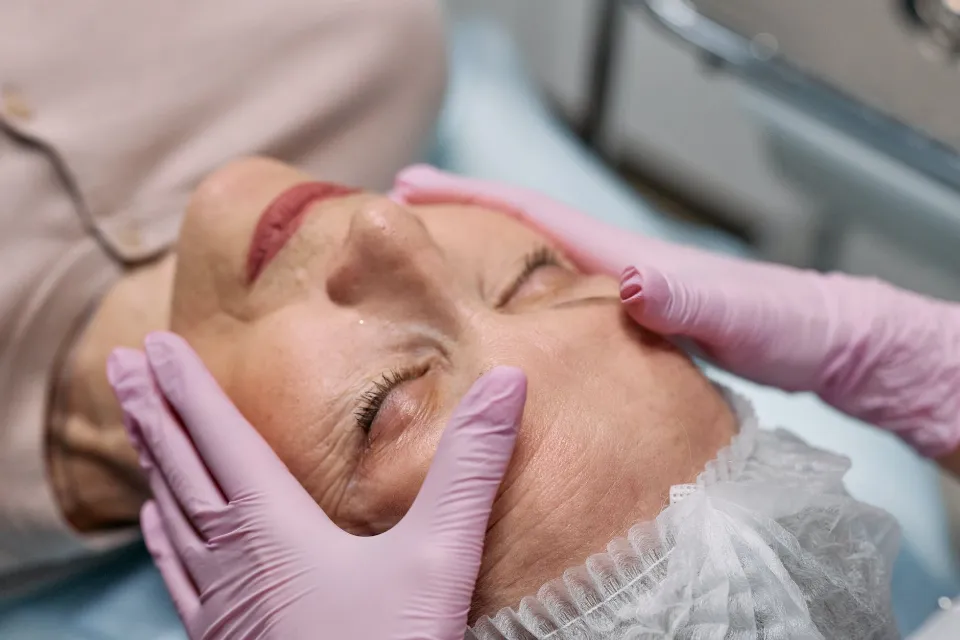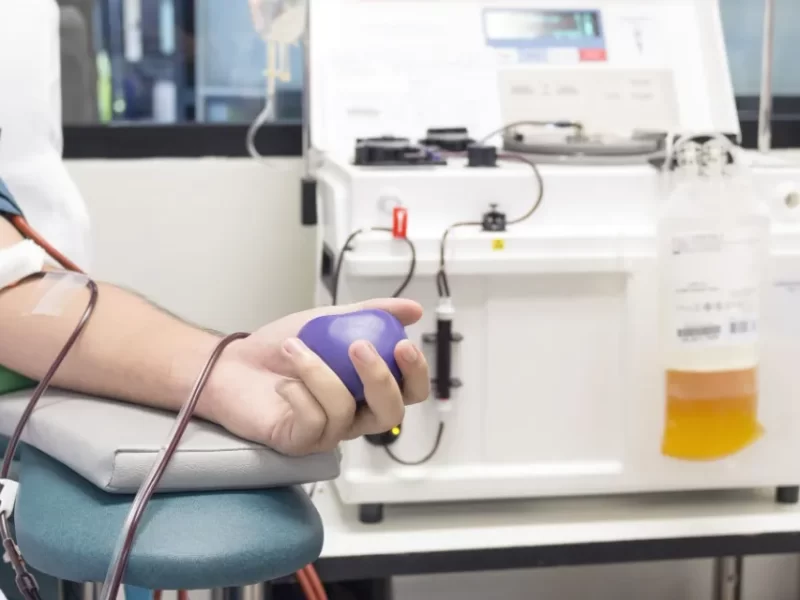A type of massage therapy for the elderly is called geriatric massage. In order to perform this kind of massage, many different factors are taken into consideration, including a person’s general health and any underlying medical conditions.
Techniques for geriatric massage relieve muscle tension without overly rubbing the skin by using passive stretching and gentle massage. People who are less physically active can benefit from geriatric massage because it helps to increase circulation, which also helps to improve posture and overall well-being.
In this article, we’ll explore how geriatric massage can benefit you or a loved one. We also provide some pointers on how to locate a licensed geriatric massage therapist in your area.
What is Geriatric Massage?
Massages are a type of complementary or alternative therapy. Although they are not thought of as a part of conventional medicine, they might be another kind of intervention that aids in managing your health symptoms.
A person who is older receives geriatric massage specifically for them. When getting a massage, older clients require particular attention. When customizing the massage, a massage therapist will take into account all the effects of aging as well as the client’s individual health issues.
Remember that there isn’t a single, effective method for geriatric massage. Everybody differs from one another, having different health issues and levels of overall fitness.

Advantages of Geriatric Massage
Geriatric massage has significant positive effects on general health. It enhances blood flow, the flexibility of the joints, the strength and tone of the muscles, and sleep quality. Additionally, massage for seniors lower blood pressure, blood pressure, stress, and anxiety. It also reduces pain and swelling. Greater social interaction enables the release of endorphins and strengthens a sense of well-being.
Other benefits of geriatric massage include:
- Speeding recovery from injury or illness
- Enhancing the length and quality of sleep
- Easing anxiety and improving sensorimotor functions after a stroke
- reducing the agitation’s outward manifestations (like pacing, etc., pacing, wandering, resisting) in Alzheimer’s sufferers
- Improving lymphatic flow, which increases the excretion of toxic substances from the body
There is some evidence that geriatric massage can affect memory as well. Repetition of touch can help the elderly, especially those who have Alzheimer’s disease, retain some body memory, which in turn can cause the recall of other memories.
Types of Geriatric Massage
Geriatric Back Massage
Seniors find it painful and occasionally impossible to lie on their stomachs for back massages. A much better option is to lie on their side. The senior will feel comfortable in this position, and you will have complete access to the senior’s back.
Geriatric Chair Massage for Shoulders
Usually, massages are given on a massage table or a specially designed massage chair. But lying face down on a massage table is not recommended for all elderly people. Because of this, the chair massage that is suggested here can be carried out while the senior is seated in a wheelchair or a regular chair. You should be able to see the senior’s head, arms, shoulders, back, and hands from the chair.
Geriatric Foot Massage on Bed
Seniors who suffer from arthritis may find great benefit from having their hands and feet massaged. This is a fantastic opportunity to improve the social component of senior massage. In this position, you’ll frequently find the seniors opening up to you and sharing their experiences and stories.

Notes on Geriatric Massage
When giving a massage to an elderly person, a massage therapist will take into account a number of factors to make sure it is both safe and effective.
- Overall health status: A massage therapist will put your general health first when giving you a geriatric massage. This might entail watching how you move and asking you about your health and activity level. Remember that as we age, our bodies experience changes to their various systems. Your joints could function differently, your muscles and bones could be more brittle, and your body could be more vulnerable to pressure.
- Pain threshold: You may experience pain differently as an older adult due to reduced blood flow, a health condition, or medication. If your pain threshold has increased or if you don’t feel pain until it’s very strong, let your massage therapist know. This can avoid injury or discomfort.
- Temperature regulation: You may become more sensitive to heat or cold as you age. You might find it challenging to control your body’s temperature. In order for your massage therapist to accommodate you, be sure to let them know if you have any temperature sensitivities.
- Medications: Please let your massage therapist know if you take any prescription drugs to treat medical conditions. Depending on how the medications are acting, they can adjust the massage.
- Health conditions: It’s important to let your massage therapist know about any health conditions you may have prior to your massage. Chronic illnesses like arthritis, cancer, circulatory problems, diabetes, gastrointestinal issues, and heart problems can be among them. If you’re fighting for a family member who has dementia or Alzheimer’s disease, it’s especially crucial that you do this. Before giving a massage, a massage therapist should be informed of all medical conditions.
- Skin condition: Your skin’s tensile strength and thickness change with age. The amount of pressure that can be safely applied to your skin will be decided by the massage therapist. Your skin may break or irritate if you apply too much pressure.
Conclusion
Although there are some significant differences, geriatric massage is comparable to a more gentle version of Swedish massage in some ways. Geriatric massage uses specialized techniques created especially for aging skin and muscles. It involves lightly rubbing the hands against soft tissue to improve circulation, reduce pain, and increase the range of motion. Prior to treatment, the massage therapist should consult with the client’s medical team to understand any problems that may be encountered during the massage.
FAQs
What Are the Four Basic Massage Techniques?
The first thing that every student must master is “the basics.” The four basic massage strokes are effleurage-(light or deep stroking), petrissage-(kneading), tapotement-(gentle slapping), and friction.
Are Massages Good for the Elderly?
With regular massage, seniors can experience an improved quality of life, increased energy levels, and feel younger and healthier overall. Numerous advantages of massage therapy are available for the entire body. It assists in reducing the discomfort caused by joint and muscle pain as well as the elevated levels of stress that frequently accompany aging.



